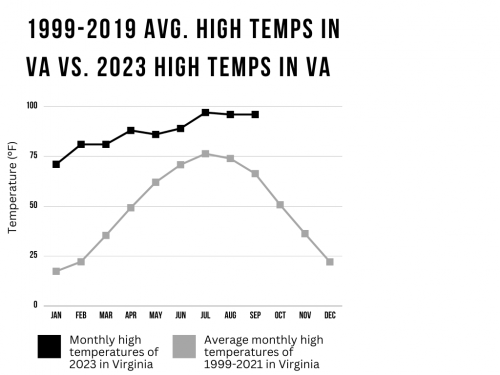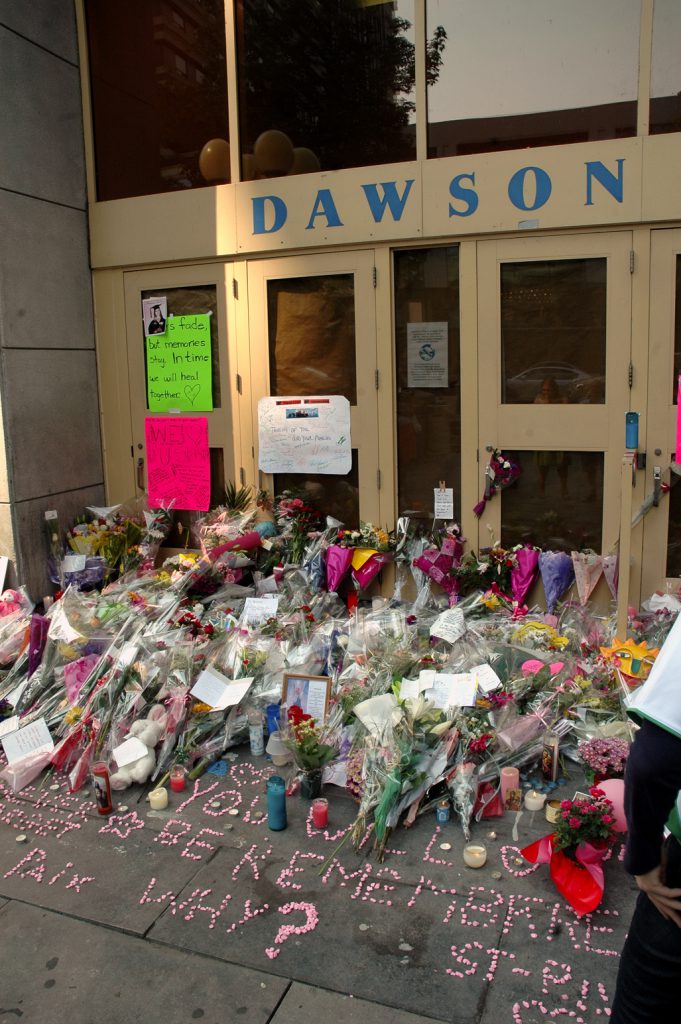What exactly is food insecurity? According to the U.S. Department of Agriculture, it is the lack of consistent access to enough food for an active, healthy life. Unfortunately, according to a new study released by the U.S. Government Accountability Office, roughly 30 percent of college students face food insecurity.
Commuters appear to be at the greatest risk of food insecurity. When looking at the Hampton Roads area, roughly 19 per cent of those residing in Norfolk and Portsmouth are considered to be food insecure. Those in Virginia Beach, Chesapeake and Suffolk fair slightly better at 9.9, 11.4 and 14.1 percent respectively, according to FeedingAmerica.org.
Senior and commuter student Brandon Jones said he worries about food “all of the time, because I don’t have any free money right now.”
After taking into consideration the cost of living off campus, such as gas, rent and utilities, it is easy to understand reports that state up to 55 percent of food insecure students say they are often forced to choose between buying much-needed educational supplies or eating.
Vice President of Student Affairs Keith Moore stated that, fortunately, food insecurity has not been a pervasive issue on campus as it has been in other colleges and universities. He also encouraged any students who feel food insecure or have any other issue that may affect their learning to contact him immediately.
The other 67 percent of VWU’s student body lives on campus and is required to purchase a meal plan. Residents have three meal plan options: the 7+ meal plan which gives students seven meals per week; the 15+ meal plan which gives students 15 meals per week; and the 150+ meal plan which gives students an average of 10 meals per week.
Some students expressed discontentment with the food offerings in the caf. “I feel as if the food here could be improved by offering more choices, such as international food. I think overall the food is rather standard,” sophomore Tuwan Uddin said.
However, the amount of food received per meal swipe seems adequate. After they swipe into the caf, students may eat as much as they want. “ I feel I eat enough,” senior Kollin Baer said.
The hours the caf is open is another valid concern for students with tight schedules. There is a little over two hours given for each meal. With a full course load, sports and/or other campus activities, that time frame doesn’t give students much leeway to go to the caf and sit down to eat. If those students don’t have money or the means to find food off campus, they could become food insecure.
While there are not as many studies into the adverse effects of hunger pertaining to college students as opposed to those in primary education, it is not hard to see where many of the same problems likely exist. Beyond the emotional stress of not knowing when or if they might eat, hunger affects the student’s ability to concentrate and study.
The GOA report recommends that colleges and universities assist those who are food insecure in applying for the Supplemental Nutrition Assistance Program, or SNAP. However, according to the USDA website most able-bodied students between 18 and 49 who are enrolled full-time in college or other institutes of higher learning do not qualify, unless they meet other very specific criteria. This criteria includes working at least 20 hours a week, participating in state or federal financed work study and caring for a dependent household member under the age of six.
There are several ways VWU may be able to help students facing food insecurity. One way is to offer a class that not only teaches the basics of balancing a budget, but basic life skills such as budgeting, light cooking, sewing and other skills no longer taught in high school. According to Lending Tree, only four states require a high school stand-alone class in personal finance. It also states only 32 percent of Americans have a working budget. College is supposed to help students prepare for real life, and nothing is more important than financial health and knowing how to properly budget.
Another way Wesleyan could help is to open a food pantry for students in need. The GOA’s report cited that as of Sept. 2018, at least 650 colleges and universities had opened a food pantry on their campuses. There are organizations designed to help universities not only create but also raise money for an on campus food pantry. The College and University Food Bank Alliance and the National Student Campaign Against Homelessness and Hunger are two such organizations.
VWU could also offer emergency funds that students could apply for to cover unexpected emergency expenses that may interfere with the student’s ability to pay for food. According to data from the Federal Reserve Board, 40 percent of Americans would not be able to cover an unexpected expense of $400 or more.
A similar report was released in 2018 by Alexa Ledari, which stated that one-third of college students suffered from food shortages and housing insecurity.
Faith Auad
fmauad@vwu.edu

